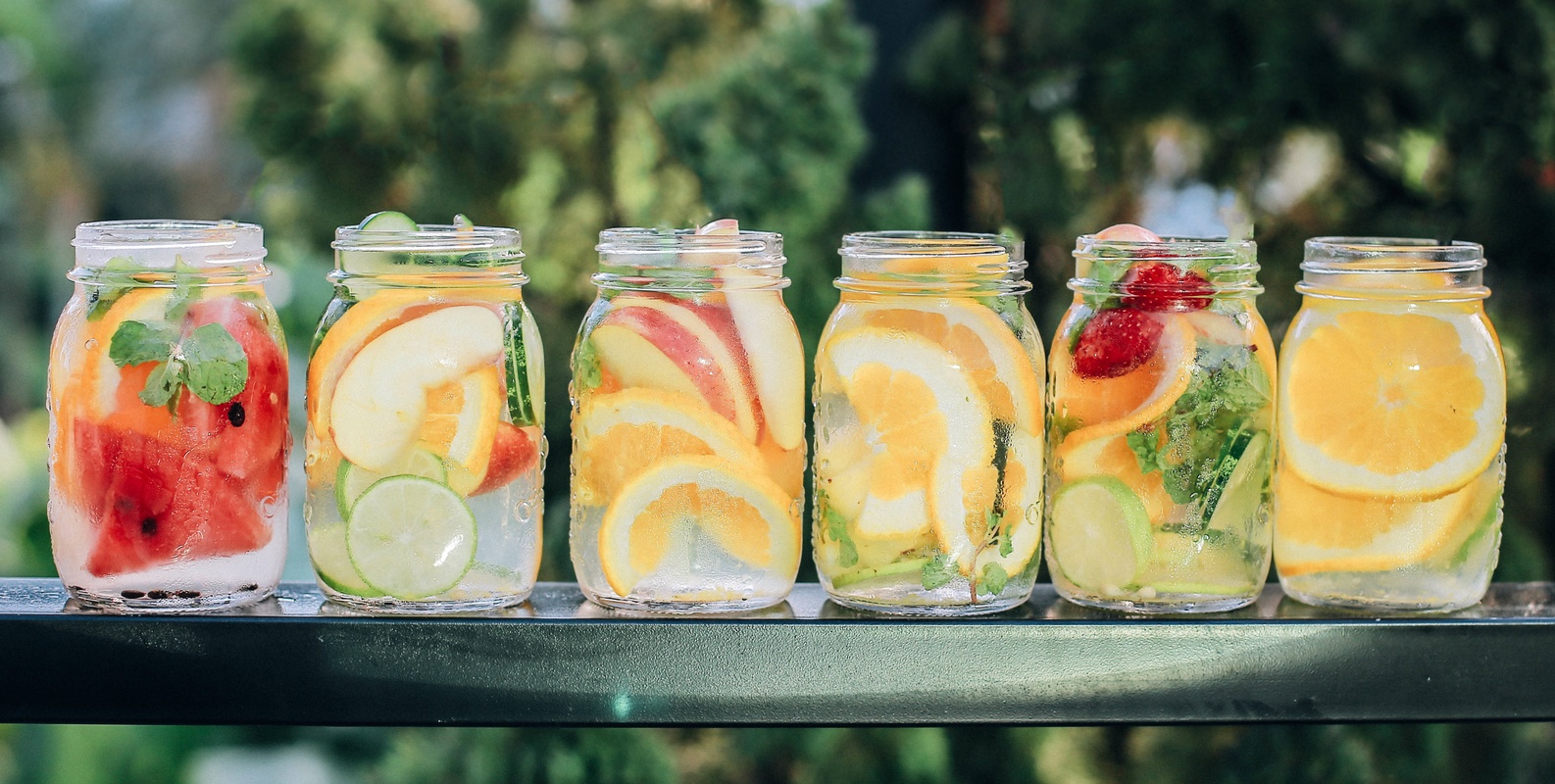As a mom of an energetic, fast-growing little boy, I am continually amazed by how each season is experienced so differently than the last. Last summer, our little bud toddled on sandy beaches, moving his little legs with fierce determination through the uneven terrain and then taking long breaks in the shade of an umbrella. This summer, that same little guy shrieks “Run, Mommy, run!” and races me down the beach, scampering through the waves lapping the shoreline with seemingly boundless energy. What I have heard from many wise folks is holding so very true: time really does slip by so fast with little ones.
Given the marked difference in his independence and physical mobility this summer season, I have found that I need to be much more intentional about keeping my son hydrated. His ever-growing energy and imagination result in little time for breaks, causing hours of playtime outside to fly by without a moment for sips of water. But ultimately, water is what keeps our little guys and girls happy and healthy in these hot and humid months, making it ever more important to prioritize its consumption.

Though hydration is important for adults and children alike, it is particularly essential that children consume adequate liquid to remain properly hydrated. This is because children’s bodies are not prepared to handle the effects of high temperatures in the same ways that fully developed adults are able. A child’s body surface area makes up a greater proportion of their overall weight than adults and children sweat less, making it more difficult for them to cool down quickly. Additionally, children take longer to acclimate to high temperatures than adults and are more likely to experience a higher relative increase in core temperature if they are in a hypohydrated state. For these reasons, children are more likely to experience heat illnesses, making it all the more important that they remain well-hydrated. (1) (2)
Mild dehydration in children, which is defined as loss of 1 - 2% of body weight, can have both physical and cognitive effects. The physical symptoms of mild dehydration in children can include dry mouth and eyes, dark yellow urine, tiredness and irritability. Not as commonly discussed but equally important is the impact of dehydration on cognitive function in children. Cognitive function includes such characteristics as concentration, alertness, short-term memory, perceptual discrimination, arithmetic ability, visuomotor track and psychomotor skills. Studies have indicated that mild dehydration in children can have a detrimental impact on working memory, attentional and visual search performance and processing speeds. Impaired cognitive function caused by mild dehydration can potentially result in decreased performance in school. (3) (4) (5)
It is tricky - babies and young children either cannot ask or do not know to ask for a drink when they are thirsty. They also usually cannot get a drink by themselves. However, the good news is that the adults in their lives can keep accurate track of how much liquid their children are consuming on a daily basis and be sure to provide them with the most nutritious and high quality options. The following are a few suggestions to ensure your children are drinking the best possible options this summer and throughout the year:
1. Given the need for children to drink more water than ever during these warm summer months, it is all the more important that the water they drink is of high quality as well. There are many factors that influence how safe and clean the water that flows from your kitchen faucet into your child’s water bottle truly is. These factors include:
• chemicals added to water through water treatment processes, such as chlorine, chloramines and fluoride
• levels of VOCs in the water
• levels of heavy metals, bacteria and microorganisms present in the water (this is particularly relevant for wells)
As you focus on ensuring your child is sufficiently hydrated, consider testing your water to be sure that the water your child is drinking from your tap is clean and healthy.
2. When you are on the go, avoid storing your water in plastic containers and instead try glass containers. These glass bottles, made of thermal shock resistant borosilicate glass, transition safely from freezer to boiling water and have a silicone sleeve that protects the bottle if it is dropped (we have had these drop on many occasion without a break yet!).
3. When at home, continue to use the glass containers or opt for lead-free, BPA-free stainless steel tumblers to keep water at your child’s fingertips.
4. If your child rejects water, try making smoothies with water, milk and fresh fruits or veggies (or other low sugar options). Consider adding vegetable powders for a veggie kick!
Have you found effective strategies for ensuring your children drink plenty of water through the summer months? Please share them!
